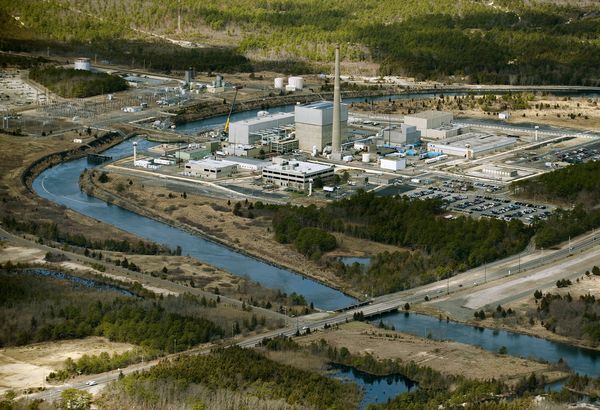TOKYO —
Government radiation monitoring in areas near Japan’s crippled Fukushima nuclear plant is unreliable, Greenpeace charged on Tuesday, with heavily populated areas exposed to 13 times the legal limit.
The environmental group said authorities were wasting time cleaning up evacuated areas and should prioritize decontamination efforts in places where people live, work and play.
Greenpeace found that in some parks and school facilities in Fukushima city, home to 285,000 people, radiation levels were above three microsieverts per hour. Japan’s recommended radiation limit is 0.23 microsieverts per hour.
Greenpeace International Energy Campaigner and radiation
expert Rianne TeuleAFP
“We also found that official monitoring posts placed by the
government systematically underestimate the radiation levels,” said Rianne
Teule, Greenpeace’s radiation expert, adding that some machines are shielded
from radiation by surrounding metal and concrete structures.
“Official monitoring stations are placed in areas the
authorities have decontaminated. However, our monitoring shows that just a few
steps away the radiation levels rise significantly,” she said.
“Decontamination efforts are seriously delayed and many hot
spots that were repeatedly identified by Greenpeace are still there,” Teule
said.
“It is especially disturbing to see that there are many hot
spots around playground equipment, exposing children who are most vulnerable to
radiation risks,” she said.
In tests carried out over four days last week, Greenpeace
also found that radiation levels in Iitate village, where the government is
hoping to soon return evacuated residents, are still many times over the limit,
with decontamination efforts patchy.
Greenpeace’s Japan nuclear campaigner Kazue Suzuki said
attempts to clean up were “misguided”.
“One home or office may be cleaned up, but it is very
unlikely that the whole area will be freed of radiation risks within the next
few years,” given the mountainous and heavily forested nature of the region,
she said.
“The government continues to downplay radiation risks and
give false hope (of returning home) to victims of this nuclear disaster,” said
Suzuki.
A huge tsunami, sparked by a massive undersea quake, swamped
the Fukushima Daiichi nuclear plant in March last year.
Reactors went into meltdown, spewing radiation over a large
swathe of Japan’s agriculture-heavy northeast, in the planet’s worst atomic
disaster for a generation.
The natural disaster left around 19,000 people dead or
missing.
However, no one is officially recorded as having died as a
direct result of the nuclear catastrophe, but thousands of people have been
displaced and many livelihoods wrecked.
Scientists caution it could be decades before the plant is
fully decommissioned and the areas around it are safe to live in again.
© 2012 AFP

